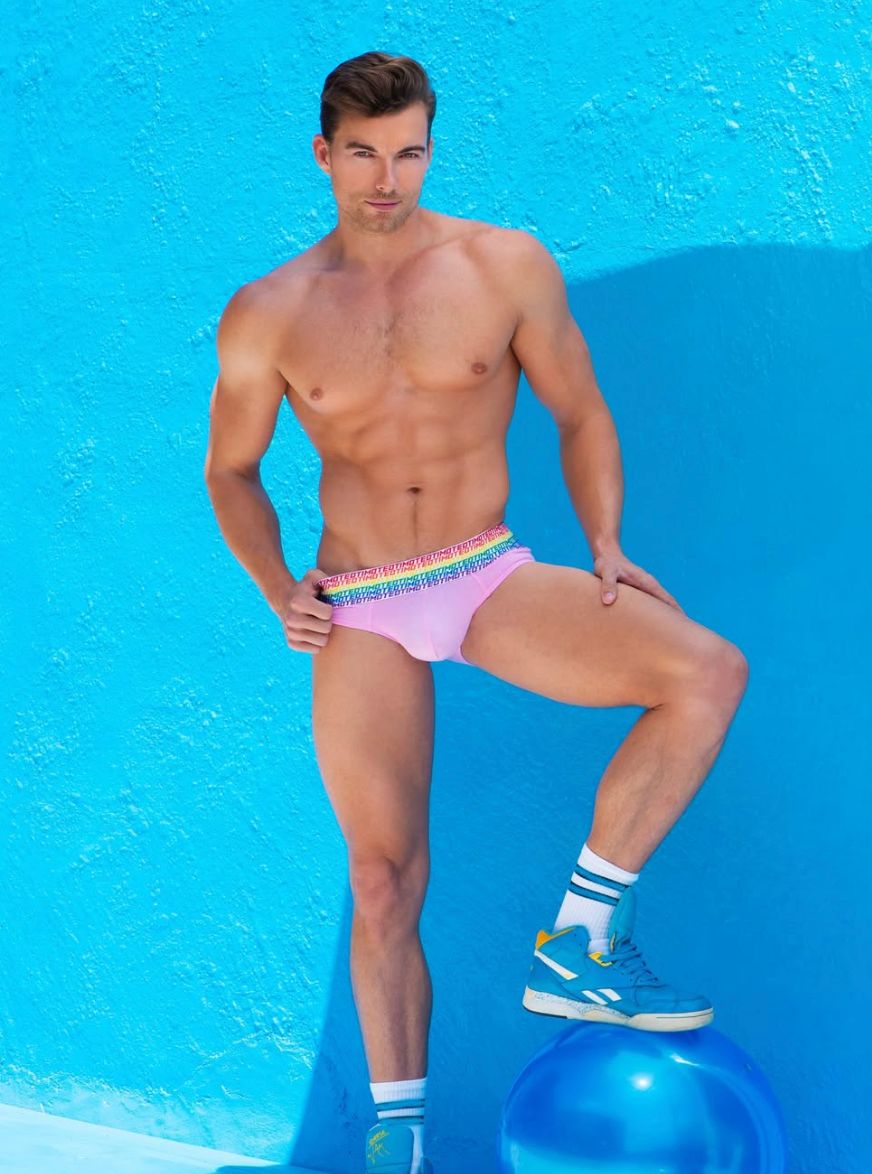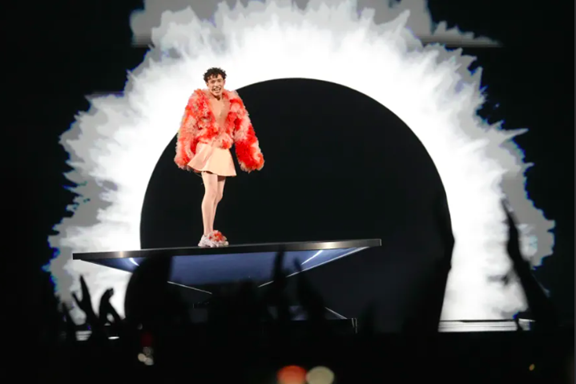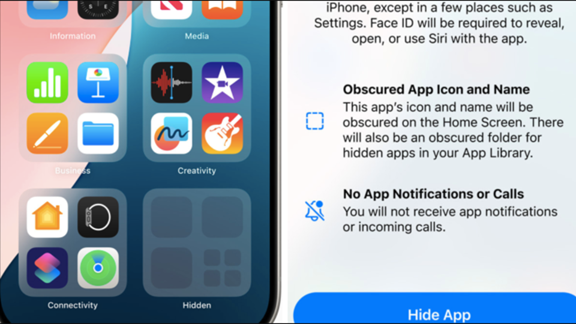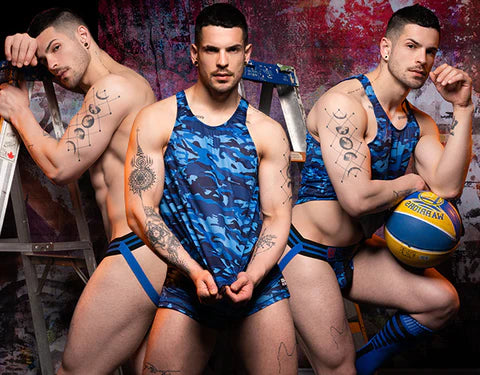Contents
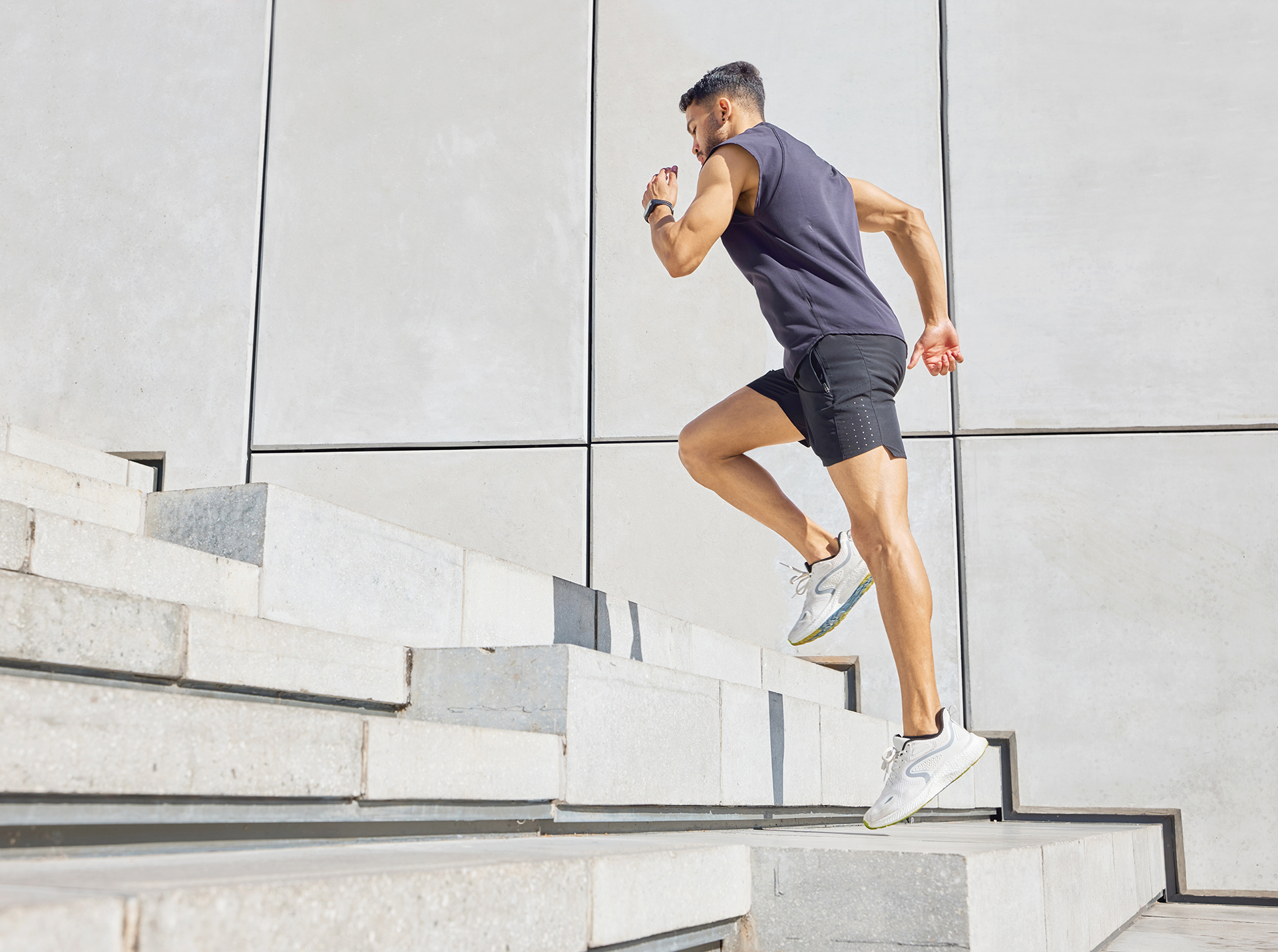
Chafing when you're working out is a big problem for many people. It happens when your skin rubs against itself or your clothes, making working out uncomfortable. The good news is there are ways to stop this from happening. One of the most important things you can do is pick the right mens underwear. This article will discuss different things you can do to keep chafing from ruining your workouts.
The Role of Quality Mens Underwear in Preventing Chafing
Quality mens underwear is essential in preventing chafing during workouts. Chafing, an uncomfortable and often painful skin irritation, is commonly caused by constantly rubbing skin against skin or clothing. Quality mens underwear plays a pivotal role in reducing this friction. For high-quality, light-weight material, check out Timoteo's Brigade brief mens underwear designed for comfort and breathability.
A protective layer between the skin and the outer garments minimizes direct contact and rubbing. Additionally, high-quality mens underwear manages moisture and reduces perspiration buildup, significantly contributing to chafing. High-quality underwear helps keep the skin dry and reduces the risk of irritation and discomfort. Investing in good mens underwear is a simple yet effective step towards ensuring a more comfortable and chafe-free workout experience.
Choosing the Right Fabric for Mens Underwear
When you're working out, wearing the right kind of mens underwear is essential to stop your skin from getting sore and irritated. This soreness often occurs because of sweat. Even though cotton underwear feels nice, it's not the best for exercising because it holds sweat close to your skin. The retained sweat can make chafing worse.
Instead, try mens underwear made from special materials that pull sweat away from your body. These fabrics help keep you dry, especially in sweaty areas like your groin, thighs, and underarms. Doing this allows you to avoid chafing and stay more comfortable during workouts.
The Importance of Proper Fit in Mens Underwear
When you're working out, wearing the right size mens underwear is vital to stop your skin from getting irritated and sore. If your underwear is too tight, it can be hard to move and rub against your skin. If it's too loose, it can bunch up and cause even more rubbing. You want your mens underwear to fit just right - snug but not too tight, so you're comfortable and can move easily.
Having the right fit helps prevent your skin from rubbing too much. Also, wearing compression shorts can be a good idea. They give extra support and help reduce chafed skin in areas like your groin, thighs, and upper body. This support can keep you more comfortable and prevent your skin from irritation during workouts.
Hygiene Practices to Minimize Chafing Risks
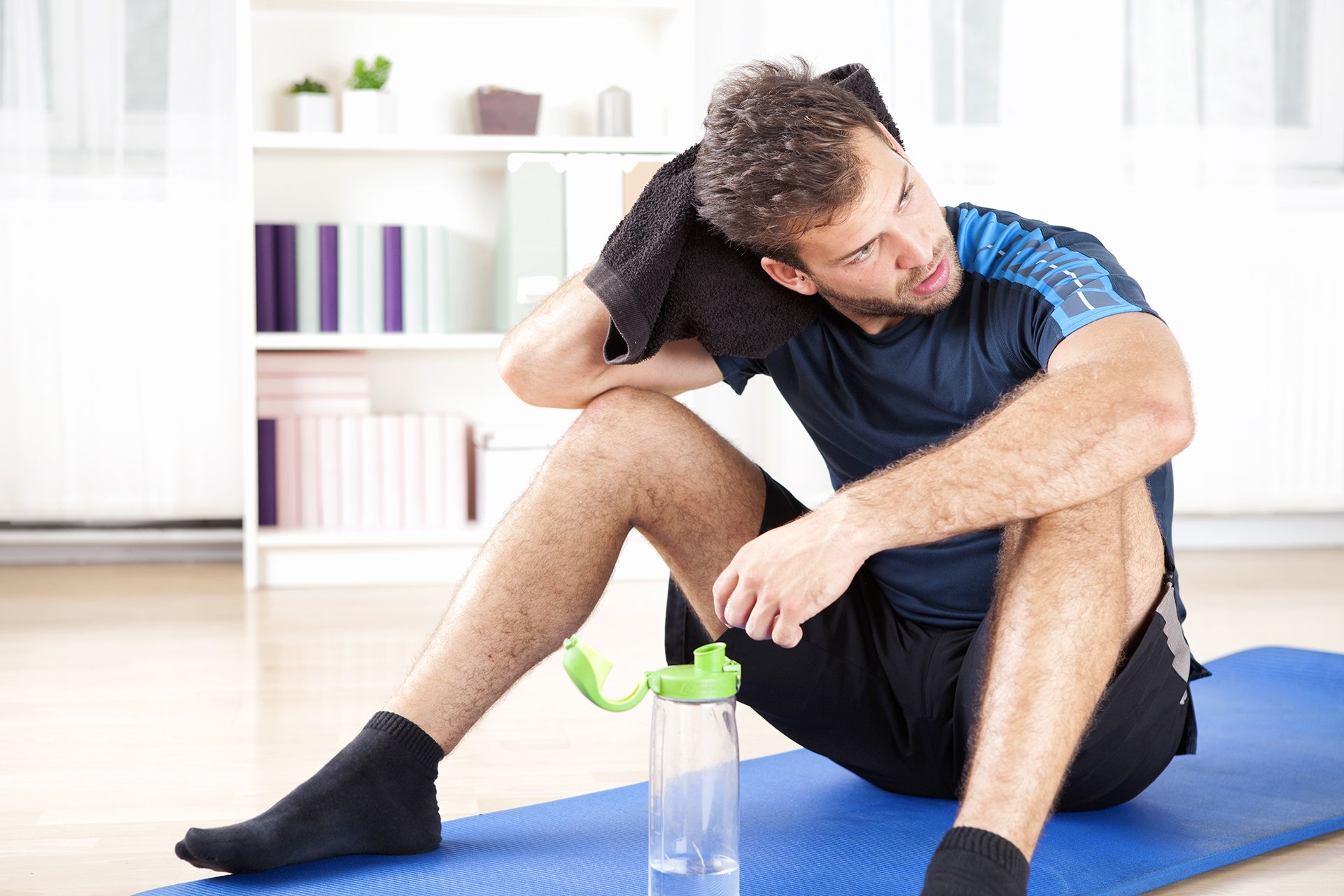
Good hygiene is crucial in preventing chafed skin, especially for active individuals—regular showering before and after workouts. Keeping the skin dry and clean during physical activities significantly lessens the risk of skin irritation and chafing. Shop Timoteo's Kennel Club ATLAS brief for breathable fabric that allows moisture to escape to help reduce chafing.
Importance of Showering Before and After Workouts
Maintaining good hygiene is vital in reducing the risk of chafing, especially during workouts. Showering, both before and after exercise, plays a crucial role. Experts at Everyday Health explain the importance of rinsing off after a workout to remove built-up sweat, oil, and germs, especially for those prone to acne.
A pre-workout shower also helps remove dirt and oils from the skin, which can contribute to irritation and chafing. It ensures your skin is clean, reducing the risk of infections in a chafed area. Post-workout, showering is equally essential. Sweat and dirt accumulated during exercise can worsen skin irritation and chafing. Washing off sweat and bacteria keeps the skin clean and helps prevent the buildup of odors. A post-exercise shower can also be soothing for irritated skin.
Keeping the Skin Dry and Clean During Exercise
Keeping the skin dry and clean during physical activity is essential to prevent chafing. Mens underwear that wicks away moisture plays a significant role. Wear shorts or pants that allow your skin to breathe. Breathable clothing helps keep the area dry and can prevent skin irritations. Applying talcum powder or a light layer of petroleum jelly can effectively reduce moisture and friction in areas like the inner thighs, groin, and underarms, where sweat is more likely.
In addition to choosing the proper clothing, changing out of sweaty clothes as soon as possible after a workout is essential. Staying in damp clothing can increase the risk of skin rubbing and chafing. If you experience chafing, treat the area gently and keep it dry to promote healing. In cases of severe chafing, taking a break from intense workouts might be beneficial to allow the skin to heal.
Good hygiene practices are vital in minimizing the risks of chafing. Choosing proper mens underwear and workout clothing can significantly enhance comfort and help maintain healthy skin.
Appropriate Workout Clothing Beyond Underwear

Choosing the right workout clothes is critical to avoiding chafing, and it's not just about the underwear. Clothes that fit well are crucial. If they're too tight, they rub and cause chafing. But if they're too loose, they can also cause problems, leading to skin-to-skin contact and irritation, especially around the thighs, underarms, and chest.
Workout clothes should fit comfortably, not too tight or too loose. Having a comfortable fit helps reduce rubbing when you move. For instance, the right-size shorts can stop chafing in the thigh and groin area, and a well-fitting top protects the chest from chafing.
Selecting Fabrics for Workout Clothes
The fabric of your workout clothes is just as important. You want to avoid chafing, so choose breathable, moisture-wicking materials. Avoid clothing, like cotton, that holds in wetness, as wetness can make chafing worse. Instead, look for synthetic fabrics that move sweat away from your skin to keep you dry and lower the chance of chafing. An article on Healthline explains how moisture-wicking fabrics move moisture away from the skin during a workout, helping you to stay dry and comfortable.
Wearing the right exercise clothes can make a big difference in preventing chafing. Pick clothes that fit right and those with materials that keep you dry. The correct clothes will help keep your skin comfortable and free from irritation during workouts.
Use of Anti-Chafing Products
Anti-chafing creams and powders are helpful if you get skin irritation from working out. Putting these on before exercise can help protect your skin and treat chafing. You should put them on areas that often get chafed, like your thighs, armpits, nipples, and groin. They make your skin smoother, which helps prevent rubbing and irritation. Try to use ones made for athletes, as they're better at handling sweat and heat when you're working out hard.
The Role of Specialized Anti-Chafing Bands
Anti-chafing bands are a fantastic way to treat chafing. You wear them around places like your thighs to stop your bare skin from rubbing together. The materials of these bands help them stay put, reduce rubbing, and let your skin breathe. They're excellent if you often get chafing in certain spots and can be worn under your workout clothes without anyone noticing. Just make sure they fit right - snug but not too tight.
Staying Hydrated and Maintaining a Healthy Diet

This section will discuss how drinking enough water and eating the right foods can help keep your skin healthy. Proper nutrition is vital for stopping chafing when you work out.
Hydration’s Effect on Skin Health
Drinking lots of water is critical for maintaining healthy skin, which helps stop chafing. When your skin is hydrated, it's more flexible, doesn't get irritated quickly, and can handle the rubbing from moving around better. Make sure to drink water all day, not just when exercising. Staying hydrated keeps your skin elastic and tough, so it's less likely to get hurt or irritated from your movements during a workout.
Nutritional Considerations for Skin Elasticity and Health
Eating healthy is also vital for keeping your skin firm and pliable, which helps prevent chafing. Foods with plenty of vitamins and minerals keep your skin healthy. Things like vitamin C, vitamin E, and omega-3s are great for your skin. They help fix any skin damage and keep your skin moist, which lowers the chance of chafing. Try to eat different kinds of fruits, veggies, lean meats, and healthy fats. When your skin is healthy from good food, it's less likely to get irritated or chafed, so your diet is just as important as wearing the right workout gear or mens underwear.
Regular Exercise and Body Conditioning

Regular exercise and body conditioning are vital in reducing chafing during workouts. Building muscle tone can lessen the areas where chafing occurs, as there's less skin rubbing. U.S. Dermatology Partners highlights the benefits of exercise for skin health. It includes improved blood flow that nourishes skin cells and removes toxins. Exercise also decreases stress, improving outcomes for chronic skin conditions and chafing.
When you work out regularly, your muscles become more defined, which can help reduce chafing. For example, stronger thigh muscles can mean less skin contact in that area. It's essential to increase your exercise intensity gradually. Gradual exercise gives your skin time to adapt and become more resilient to the rubbing and movement during workouts. So, start slow and build up your workout intensity over time to help your skin adjust and reduce the chance of chafing.
Embracing a Comprehensive Approach
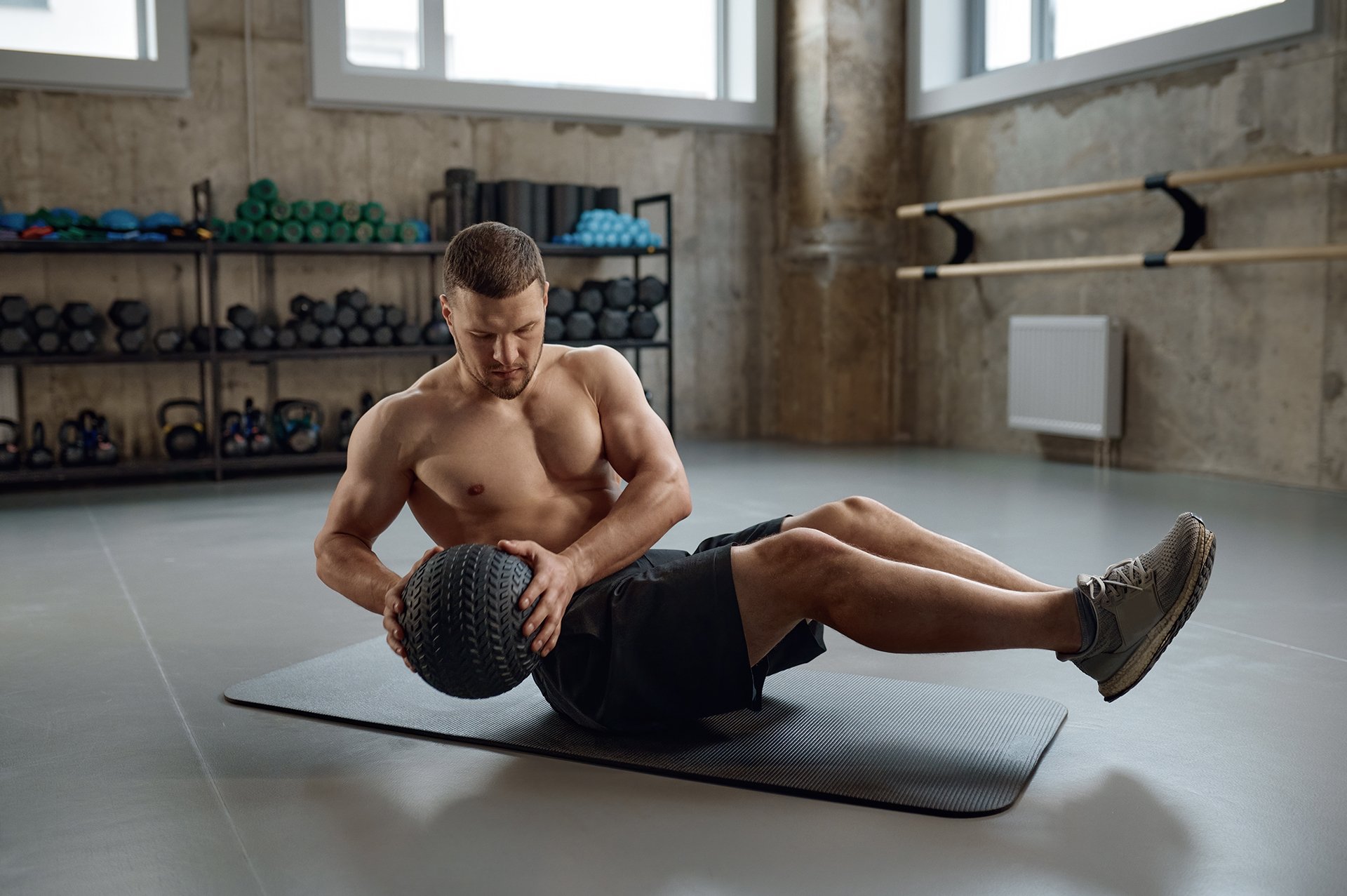
It’s vital to adopt a comprehensive approach to avoid chafing. This approach includes choosing high-quality mens underwear, maintaining a healthy lifestyle, and proper hygiene. Make sure to drink lots of water. Staying hydrated keeps your skin healthy and flexible. Eating well is essential, too. Good food gives your skin the vitamins and minerals it needs to stay strong.
Finally, regular exercise also helps to reduce chafing. When you're fit, your muscles are more toned, which means less skin-on-skin contact. So, remember, it's not just about what you wear, but also how you look after your body. This way, you can avoid chafing and have more productive workouts.
FAQs: Addressing Common Concerns
Wear moisture-wicking mens underwear or compression shorts and loose-fitting, breathable outer garments to prevent chafing during workouts. Apply anti-chafing products like powders or creams to areas prone to chafing, such as the thighs, armpits, and nipples. Stay hydrated to keep your skin healthy, and gradually increase the intensity of your workouts to allow your skin to adapt.
Choose mens underwear made of moisture-wicking fabrics, like synthetic blends, to keep the skin dry. For outer garments, wear loose-fitting shorts or pants made of breathable materials. Compression garments can also be helpful, as they provide a snug fit that prevents skin-on-skin contact. Applying talcum powder, coconut oil, or anti-chafing creams to sensitive areas offers extra protection.
Bodybuilders prevent chafing by wearing well-fitted, moisture-wicking fabrics to reduce sweat and friction. They often use specialized anti-chafing products like creams, gels, or powders. They use them, especially where equipment or clothing might rub against the skin. Regular hydration and a diet promoting healthy skin are also key strategies bodybuilders use.
To prevent testicular chafing, wear supportive, moisture-wicking mens underwear like boxers or briefs that keep the area dry and reduce movement. Applying a lubricant or anti-chafing cream can help minimize friction and prevent infection. Maintaining proper hygiene by washing with gentle soap and water and thoroughly drying the area is also essential.










